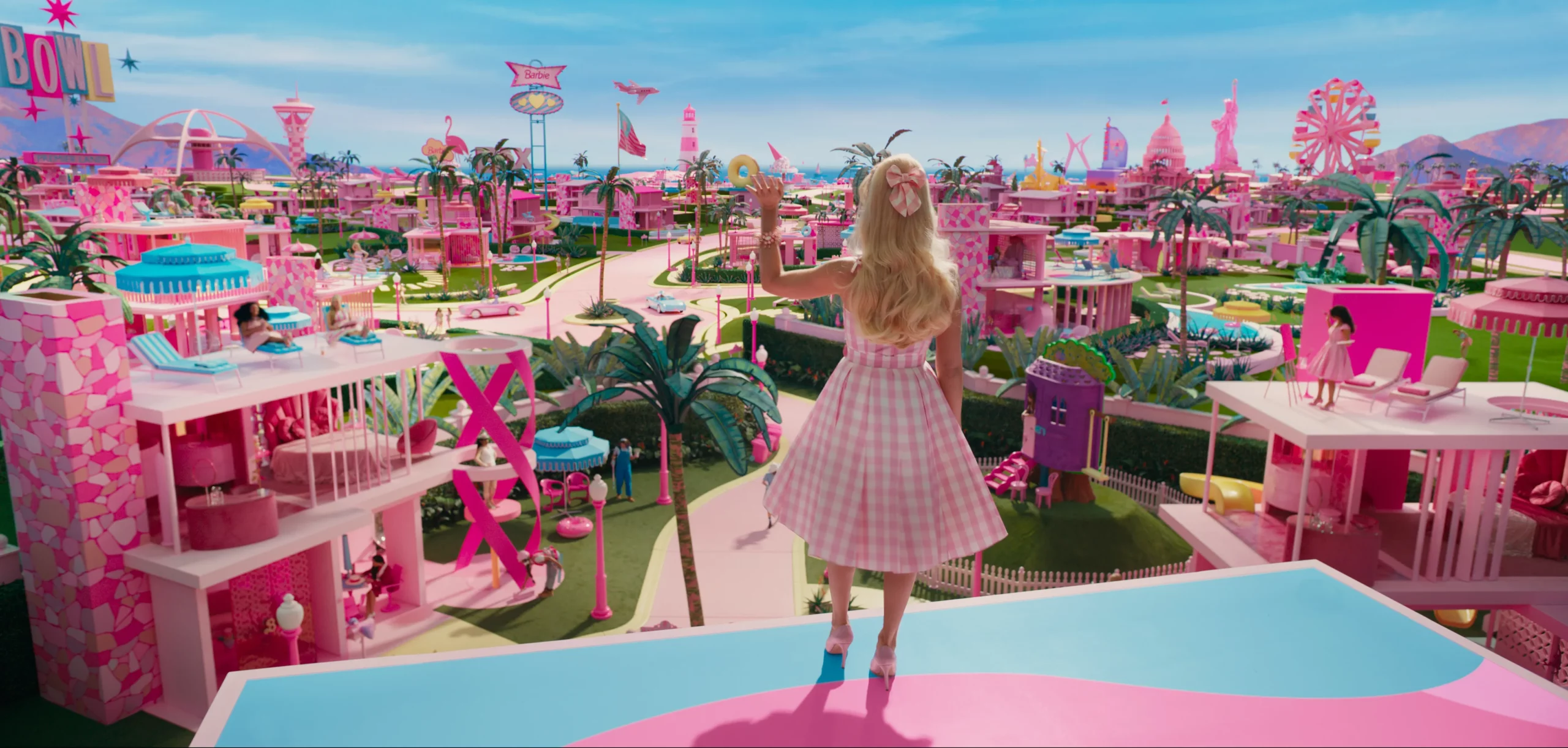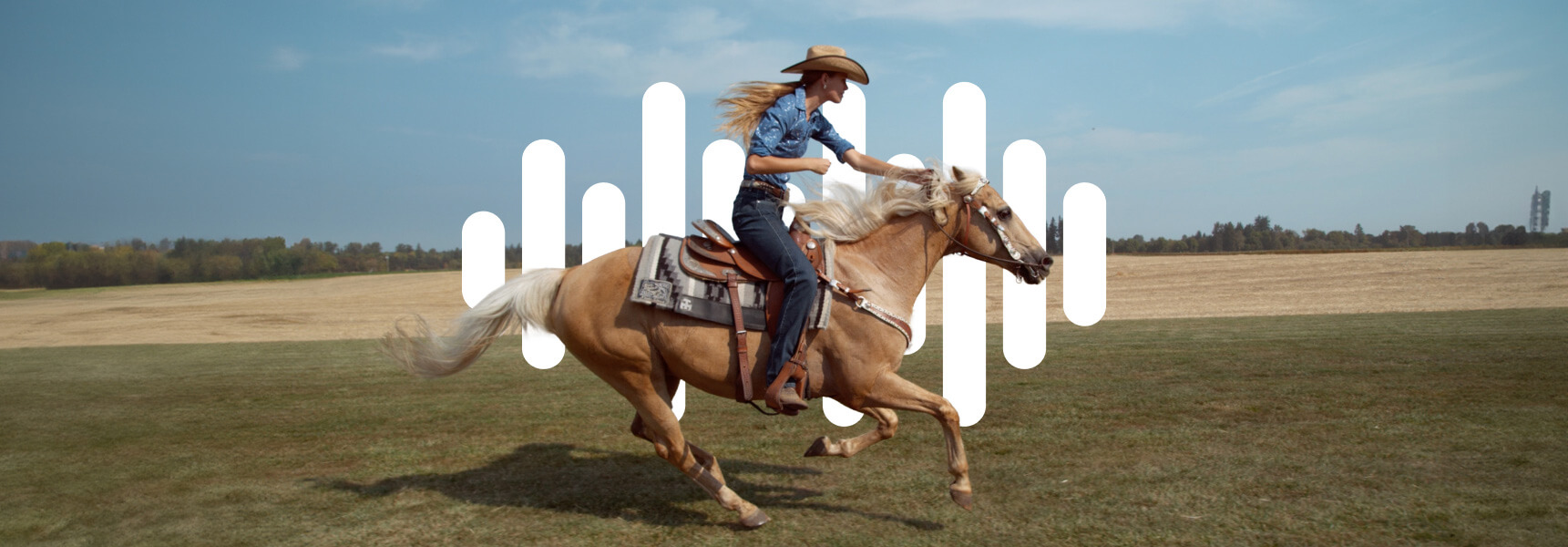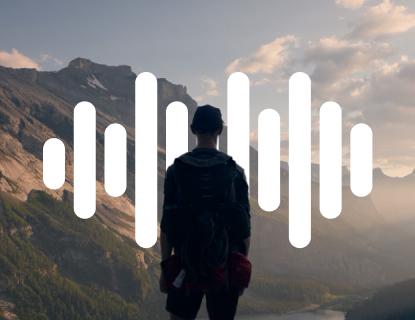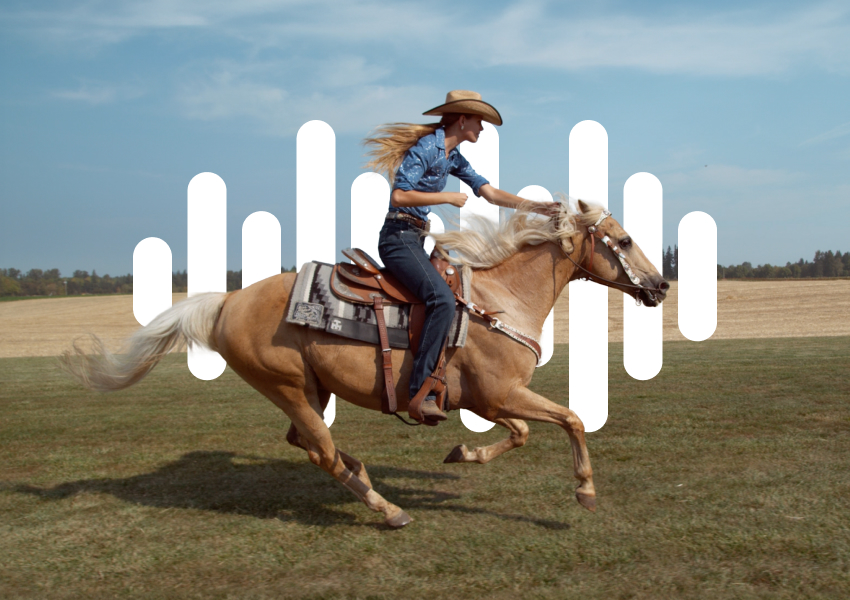Introduction
As we move through 2024, there seem to be more tools than ever to maximize creative output, especially in the world of film, content creation, and cinematography. Artificial Intelligence is transforming the realm of video creation by revolutionizing workflows and empowering creators with tools that save time and money. This year alone, we’ve seen huge advancements in AI-enhanced scriptwriting, editing processes, and visual effects.
But with endless possibilities and constant development, it can be hard to keep up, and it can be hard to get the most out of all this technology when there’s so much to navigate.
Fortunately, we’ve done the research for you. In this article, we’ll explore five updated AI hacks to help video creators integrate the latest developments into their workflow, streamline their processes, and enhance the quality of their content.
1. AI voice-over
Advancements in AI voice-over generation technology are a game-changer for podcasters, filmmakers, and content creators. By generating custom voice-overs on-demand, creators can add professional narration to their videos without hiring voice actors or renting recording studios.
Benefits:
- Cost-effective: Before AI, hiring voice actors and renting recording facilities for traditional voice-over production cost a lot of money. However, AI voice-over generation is increasingly a cost-effective alternative that significantly reduces production costs without compromising quality.
- Flexibility: With AI, creators can customize voice characteristics such as tone, accent, and pacing to get exactly the effect that they want for their video.
- Speed: It’s now possible to create voice-overs in seconds without searching for a voice artist and waiting for them to send a recording. Changes can be made quickly, in real-time, without being dependent on the artist’s availability.
- Scalability: Creators can produce high-quality voice-overs for videos of any length or scale, making production more efficient.
- Global reach: Creating content in one language restricts the audience. AI voice generators now exist for most of the world’s major languages, making it easier than ever to reach and engage people around the world.
- Engagement: Voice-over generation technology can mimic human voices, which builds better connections with viewers, improves customer service experiences, and enhances how an audience interacts with a brand.
- Optimization: Advertisers can create multiple voiceovers for the same video using different voices and conduct A/B tests to see which version performs better with their target audience.
Why not try Artlist’s AI voiceover generator? Now it’s easier than ever to create high-quality voiceovers for your videos with voices exclusive to Artlist. Simply add your text to the voiceover generator and create voiceovers for videos, podcasts, and more in minutes.
2. AI-powered color grading:
Color grading helps shape the visual aesthetic of a video and sets the mood, tone, and overall impact. Many filmmakers use color grading to stand out from the crowd with a unique aesthetic.
Color grading is a crucial aspect of the post-production process in video editing, where the visual appearance of footage is enhanced, corrected, and stylized to achieve a desired aesthetic. This involves manipulating colors, tones, and hues to evoke emotions, convey a particular atmosphere, or maintain visual consistency throughout a project.
Iconic examples include The Thing, Suspiria, and the pink aesthetic of the Barbie movie. Now, AI-powered color grading algorithms can do it for you. They use machine learning techniques to analyze and adjust color settings so you can achieve professional-grade results with very little manual work.

Benefits:
- Consistency: AI-driven color grading guarantees consistency across all scenes of a video, giving a cohesive visual style throughout.
- Time efficiency: Any filmmaker will tell you traditional color grading methods used to require time-consuming and detailed work. What used to take days or weeks now takes minutes.
- Ease of use: Complex color grading is achievable with the click of a button, making high-quality visual enhancement accessible to creators of all skill sets, leveling the playing field, and democratizing the filmmaking process.
3. Speech-to-text transcriptions
Speech-to-text transcriptions convert dialogue within videos into written text using AI-powered tech. This gives creators greater flexibility in editing, subtitling, and accessibility enhancements. And, with huge improvements in voice cloning capabilities, they can customize their audio to better connect with audiences.
Benefits:
- Accessibility: Transcribing spoken dialogue into text or subtitles makes videos more accessible for people with hearing impairments or language barriers.
- SEO optimization: Text transcriptions provide search engines with valuable textual content, improving videos’ discoverability and ranking in search results.
- Editing efficiency: Text transcriptions serve as a reference for video editing, which means creators can easily locate and edit specific dialogue segments to streamline the editing process and improve post-production workflow.
4. Content analysis for storyboarding
AI content analysis for storyboarding uses artificial intelligence to help break down a script into scenes, characters, and actions, making it easier to visualize the story. It suggests camera angles, shot types, and visual styles based on the script’s mood and themes. This process speeds up creating storyboards, allowing creators to focus more on refining their ideas.
Benefits:
- Creative inspiration: When filmmaking and content creation is a solo venture, there’s no one to bounce ideas off. But AI-driven content analysis can generate valuable insights into the structure and content of videos, which will inspire creators with new ideas and storytelling techniques, picking up on themes and narratives they might have missed.
- Efficiency: Storyboarding is an important part of the video creation process. AI makes it faster and can help to refine concepts and highlight recurring themes.
- Audience engagement: AI-generated insights can help creators tailor content that resonates more effectively with their target audience. This can maximize viewer engagement and retention and create deeper connections with the community.
5. Auto-scene detection and tagging
Auto-scene detection and tagging uses AI algorithms to automatically identify and segment different scenes within a video. The tool analyzes visual cues, such as changes in lighting, camera angles, and motion, and then accurately tags scenes so that creators can easily navigate and organize their footage.
Benefits:
- Time-saving: Manually tagging scenes can be a long, tedious task. With this AI-powered automation, creators can reduce the time spent on this process and allocate more time to producing original, game-changing content.
- Better organization: Often, AI can tag scenes more accurately than a human. This means creators won’t lose footage and can quickly locate specific segments, streamlining the editing process and improving post-production workflow.
- Enhanced search: When each scene is accurately tagged, creators can easily search for content within their video library, which increases productivity and accessibility.
Wrapping up
AI is revolutionizing the way we create by democratizing and simplifying the process. Thanks to new technology and creative asset platforms like Artlist, you don’t need to be a professional editor to produce a top-quality video.
These six methods are just some examples of the diverse ways AI can enhance efficiency, creativity, and quality in video production, and we have no doubt there’s so much more to come. By embracing new AI-powered tools and techniques, creators can unlock new possibilities, streamline their workflows, and elevate the impact of their visual storytelling.
Did you find this article useful?







